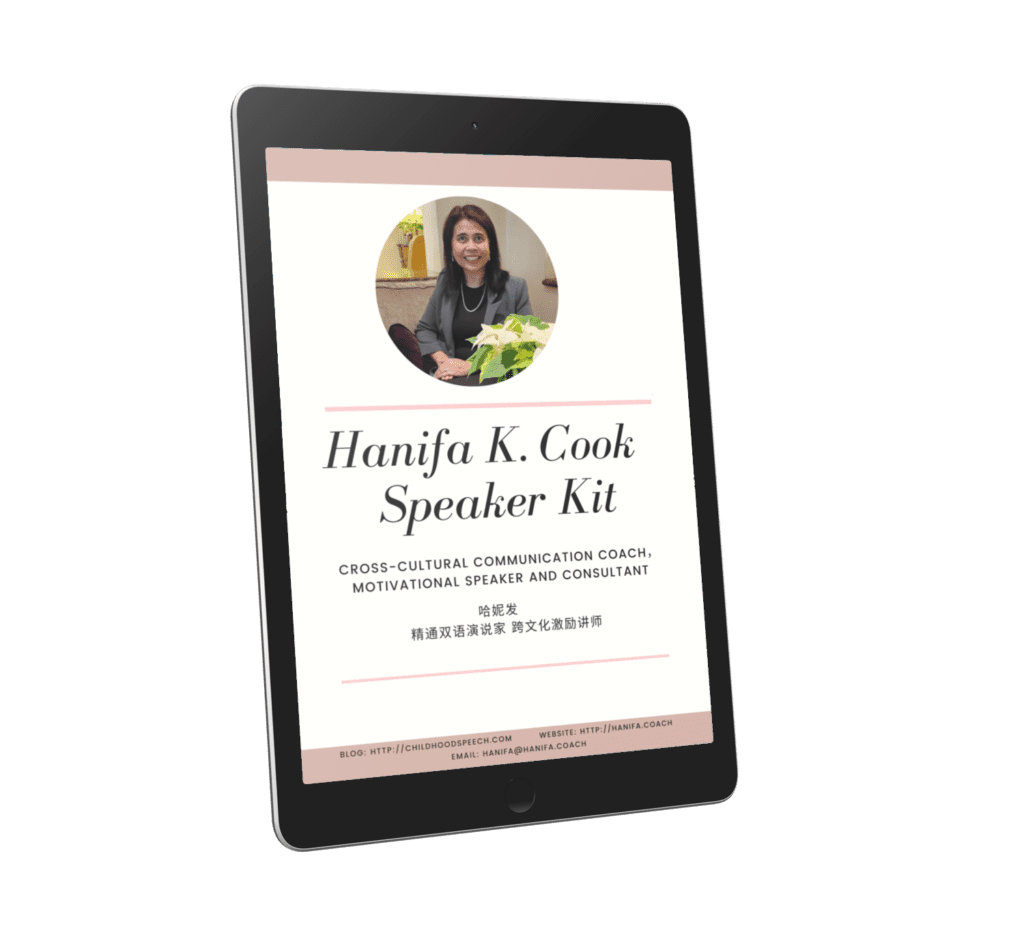Yes indeed. Koreans also celebrate Lunar New Year. 새해 복 많이 받으세요!!! or sae hae bok manee badusaeyo! It is not just a calendar year for Chinese people only. For Koreans all over the world, this festival was celebrated on the same day this year on 14th February. So what are the traditional practice and custom on that day for Koreans which are similar to Chinese people?
1. Reunion feast on the eve of the Lunar New Year or on the day itself.
2. Red Packets or Hong Bao are also given during this festive season.
3. Koreans do not practise giving Oranges like the Chinese in Singapore.
The Lunar New Year is called Soellal (also spelled Seolnal). I have often understood that Chinese who celebrate the Lunar New Year greet one another with a hearty “恭喜发财“ or Gong Xi Fa Cai and two oranges as symbol of wealth and happiness for the new year. Korean greeting styles are expressive as can be seen the types of bows they practise on this occassion.
A small Jeol: nodding the head while leaning the upper body forward a bit. It is used in the same way as a handshake.
Sebae: one must get down on both of their knees and bend forward toward the floor. (In Islamic practice, this position would be called Sujud or Prostration. Major world religions employ prostration either as an act of submissiveness to God or gods. See Sujood.)
 There is a big difference between the Sebae and Sujud that Muslims perform. The Sujud, prostration before God, is complete when the forehead touches the ground, almost kissing it, and the both palms are resting on the floor on either side of the worshipper’s head. Both men and women prostrate in the same way.
There is a big difference between the Sebae and Sujud that Muslims perform. The Sujud, prostration before God, is complete when the forehead touches the ground, almost kissing it, and the both palms are resting on the floor on either side of the worshipper’s head. Both men and women prostrate in the same way.
Sebae for Korean men do not follow that of the Islamic Sujud. They place their hands together on the floor in front of them, and as they prostrate, the forehead literally touches the back of their hands or palms of their hands. Sebae for Korean women (and girls) do not kneel, instead they sit cross legged and bend their bodies for a bow as their hands are placed in front of the face. As they bow, they barely touch the floor.
Kuen Jeol: bowing to the elders of the family (grandparents, older family members, parents), in return the young ones will receive special gifts of envelopes with money tucked inside them. (This is similar to the Red Packets or 红包 in the Chinese Tradition.)
So how do you greet Happy Lunar New Year to Koreans on this day?
새해 복 많이 받으세요!!! or sae hae bok manee badusaeyo!

